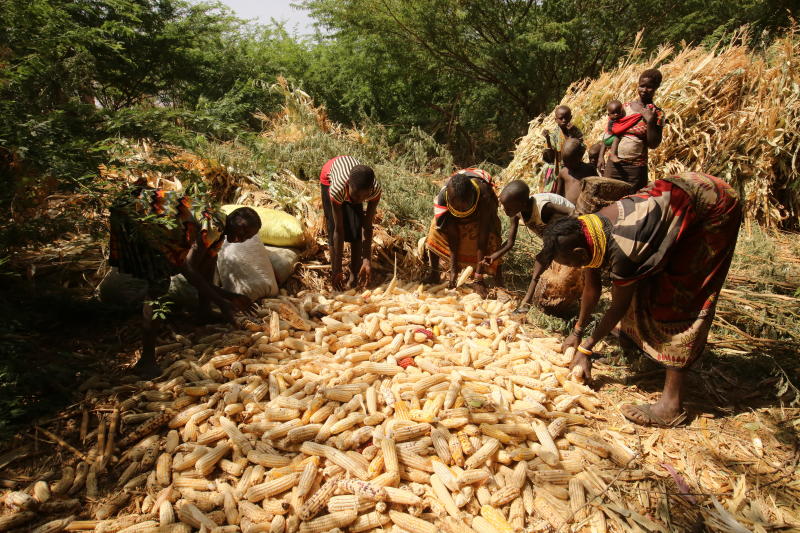×
The Standard e-Paper
Informed Minds Prefer The Standard

Farmers in Tana River County are among the local producers who have lost billions of shillings after their crop was infected with aflatoxin.
Virtually, all the maize harvested from the Hola Agricultural Irrigation Scheme in 2013 was declared unfit for human consumption by the World Food Programme (WFP) for containing the substance known to cause cancer.